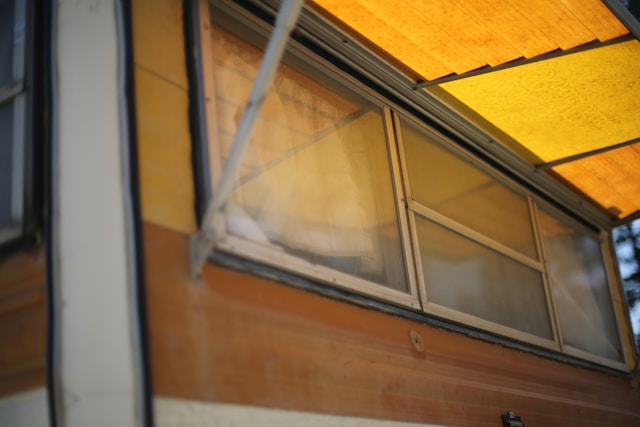Your home’s roof and outdoor awnings protect your living space from the elements. They shield you from rain, snow, and harsh sunlight while enhancing your property’s curb appeal. But like any other part of your home, they require care to keep them functioning optimally for years to come. You can click here for the services of a professional. Extending the lifespan of your roofing and awnings saves you money on repairs and boosts your property’s overall value. Let’s explore some practical tips to protect against weather damage, maintain routine upkeep, and store your awnings properly when winter arrives.
Protecting Against Weather Damage
Weather can be unpredictable, and your roof and awnings face the brunt of it. To protect them from damage, start by inspecting for loose shingles or seams. Keeping these secure prevents leaks that can lead to costly repairs. Consider applying a waterproof sealant to your roofing material. This additional layer acts as a barrier against rain and snow, extending its lifespan significantly. Ensure that awnings are made with durable fabric to withstand harsh weather conditions. Frequently check for signs of wear or fraying edges; repairing minor issues now can help avoid more significant problems later. When storms approach, retracting your outdoor awnings is a smart move. This simple action reduces stress on the fabric and frame during high winds or heavy snowfall. Always stay proactive in protecting these vital components of your home.
Routine Maintenance, Cleaning, and Repairs
Routine maintenance is essential for boosting the lifespan of your roof and outdoor awnings. Frequent inspections can identify minor issues before they turn into costly repairs. Look for signs of wear, such as loose shingles or fading fabric. Cleaning plays a crucial role in preserving both roofs and awnings. Remove debris like leaves, branches, and dirt that can collect over time. Use a gentle cleaner to wash off any stains or mold from fabrics to keep them looking fresh. Address repairs promptly to prevent further damage. For roofing, replace broken or missing shingles without delay. If you notice tears in your awning fabric, patch them up quickly or consult a professional for complete replacement. Establishing a routine schedule ensures you don’t overlook these tasks. Consider seasonal checks to align with changing weather conditions that could impact the integrity of your home’s exterior elements.

Storing Awnings Seasonally
Storing your awnings seasonally is essential for their longevity. Proper storage protects them from harsh winter elements. First, clean the fabric thoroughly before taking it down. Remove dirt, debris, and stains to prevent mold or mildew during storage. Let it dry completely; moisture can lead to damage over time. Next, carefully retract the awning according to the manufacturer’s instructions. Avoid forcing parts that seem stuck—patience helps avoid unnecessary wear and tear. Once retracted, wrap the awning in a protective cover or tarp. This shields it from dust and potential pests while stored away. Keep your awning in a cool, dry place. A garage or shed works well; ensure it’s not exposed to extreme heat or direct sunlight for extended periods. Regularly check on your stored items throughout the season to catch any issues early on. Taking these steps ensures you’ll enjoy your outdoor spaces without worry when warmer weather returns.
Conclusion
Taking proactive measure to extend the lifespan of your roof and outdoor awnings pays off in the long run. You can significantly enhance their durability by protecting against weather damage, conducting routine maintenance, and properly storing awnings during the off-season. Your house deserves a solid roof overhead and functional outdoor spaces that add charm. With consistent care and attention, you can guarantee that your roofing systems and awnings remain resilient against time’s wear and tear.
